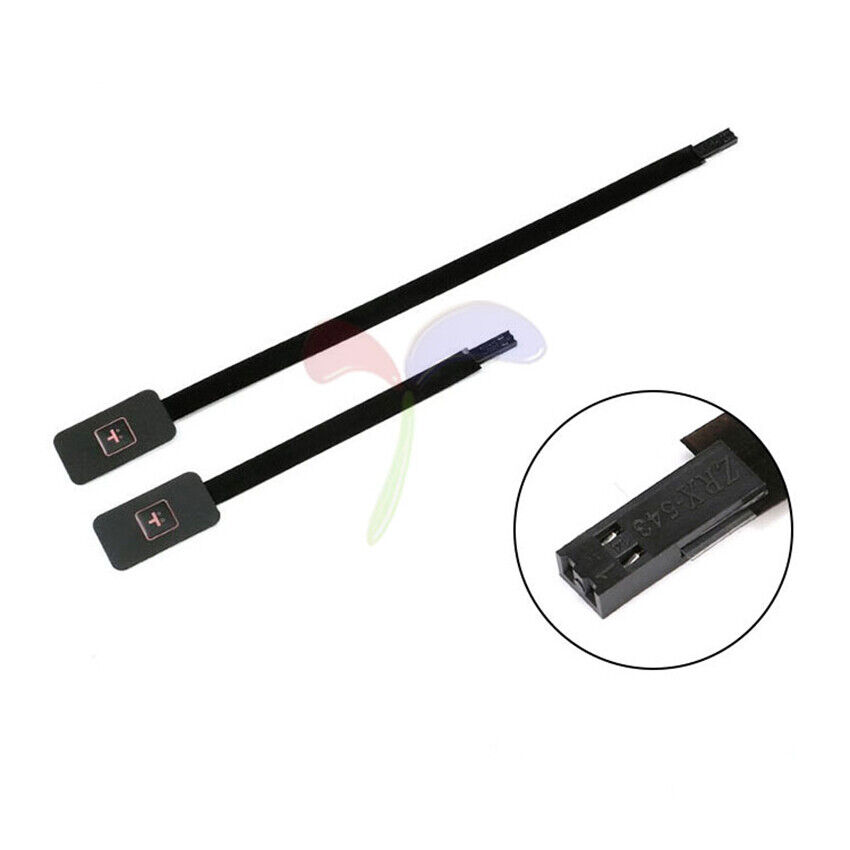Choosing the right membrane switch manufacturer can greatly impact your product's performance.
Choosing the right membrane switch manufacturer can greatly impact your product's performance.
Blog Article
Everything About Membrane Change: Comprehending Its Layout and Functionality
When you think of the control interfaces in modern-day tools, membrane layer buttons typically come to mind. These parts are more than simply switches; they mix style and capability perfectly. Understanding how they function and what makes them reliable can transform your point of view on everyday electronic devices. Yet, there are subtleties to their layout and efficiency that you could not recognize. Let's explore what collections membrane layer switches over apart from other control systems.
What Are Membrane Layer Switches?

Their smooth nature makes them very easy to clean and resistant to dust and dampness, an important attribute in many environments. Membrane layer switches can likewise be personalized regarding shape, size, and graphics, allowing suppliers to create special interfaces customized to certain items. And also, they're light-weight and thin, which helps in decreasing the overall bulk of gadgets. Generally, membrane layer switches play a considerable role in improving user experience across a large selection of applications.
Just How Membrane Changes Job
When you push a trick on a membrane switch, it triggers a straightforward yet effective mechanism. The top layer, commonly made from flexible material, pushes down onto a conductive layer under it. This action bridges the void in between conductive traces, completing an electrical circuit. As quickly as the circuit shuts, it sends out a signal to the tool's controller, which translates your input.
You'll observe that the responsive responses differs based on the switch layout, supplying either a soft click or a much more obvious action. When you release the secret, the membrane go back to its initial position, resuming the circuit and quiting the signal. This procedure happens almost instantaneously, making certain a receptive customer experience.
Membrane buttons are popular due to their toughness and resistance to dirt and wetness, making them optimal for different applications, from household appliances to medical devices. Recognizing this operation aids you value their extensive use.
Trick Parts of Membrane Layer Buttons
Comprehending the vital parts of membrane switches is essential for understanding their functionality and design. The protective layer guards against ecological elements and use, extending the button's life expectancy. By comprehending these parts, you'll obtain insight into just how membrane changes operate and their relevance in different applications.
Products Utilized in Membrane Layer Switch Over Layout
The performance and resilience of membrane layer switches heavily rely on the materials made use of in their design. You commonly encounter polyester and polycarbonate as main substratums due to their exceptional toughness and versatility. These materials resist scrapes and chemicals, making them ideal for demanding environments.
The conductive layers often use silver or carbon, picked for their reliability and conductivity. membrane switch manufacturer. Silver provides premium performance, while carbon is an affordable choice. For the overlay, you might think about a matte or glossy surface, depending upon your visual demands and individual experience
Adhesives play an important role too; they bond layers securely and ensure durability. Make particular to choose adhesives that withstand environmental elements like temperature and moisture. Finally, don't neglect the value of an excellent printing method for graphics, as it boosts both capability and aesthetic allure. Picking the appropriate products will certainly ensure your membrane layer button stands the examination of time.
Style Considerations for Membrane Buttons
While designing membrane switches, it's important to take right into account various factors that affect their functionality and customer experience. Begin by concentrating on the format and switch dimension; make certain they're intuitive and simple to navigate.
Verify your style fits ecological elements, like dampness or temperature variants, which can influence performance. By meticulously thinking about these aspects, you'll create a membrane switch that enhances use and fulfillment.
Applications of Membrane Layer Switches
Membrane buttons are functional elements found in various applications, from industrial equipment to customer electronic devices. You'll see their effect in makers that need durable user interfaces and in tools that benefit from smooth styles. Recognizing these applications assists you appreciate the capability and practicality of membrane buttons in daily technology.
Industrial Tools Usage
When you're looking to enhance the functionality of commercial equipment, membrane layer buttons supply a trusted option that integrates durability with straightforward design. These switches are ideal for severe settings, providing resistance to dust, wetness, and chemicals. You'll find them in control panels for producing machines, a/c systems, and clinical gadgets, where precision and responsiveness are crucial. Their low profile suggests they fit perfectly into numerous tools, saving important area while preserving simplicity of usage. With personalized graphics and backlighting choices, you this page can create an intuitive user interface for drivers, improving performance and safety. And also, their long life-span decreases maintenance prices, making them a smart investment for your industrial applications. Welcome membrane switches to enhance your operations and boost overall performance.
Consumer Electronics Integration
In the domain of consumer electronics, membrane switches play a crucial duty in boosting individual interaction and device performance. You'll discover them in tools like microwaves, read this article remotes, and pc gaming consoles, providing a seamless method to connect with modern technology. Their streamlined layout permits for very easy integration right into various products, making controls instinctive and straightforward. With their capacity to integrate graphics and backlighting, you can appreciate a modern-day aesthetic that complements the device's general appearance. Membrane layer switches additionally guarantee durability and resistance to dirt and dampness, prolonging the life expectancy of your electronics. By picking membrane layer buttons, you enhance not simply the capability however additionally the design of your tools, making daily interactions smooth and pleasurable.
Benefits and Drawbacks of Membrane Switches
While membrane layer switches use a range of benefits, they likewise feature some drawbacks that you need to consider. One considerable benefit is their compact layout, making them optimal for space-constrained applications. They're also affordable, offering a sturdy solution with a low manufacturing price. Additionally, their seamless surface is very easy to clean, enhancing hygiene in environments like health centers.

Membrane layer buttons can have a shorter life-span contrasted to mechanical switches, especially under hefty usage. They can likewise be much less tactile, which may influence customer feedback during operation. Balancing these you can try here pros and disadvantages will certainly assist you establish if membrane layer buttons are the appropriate fit for your project.
Frequently Asked Concerns
For How Long Do Membrane Layer Changes Normally Last?
Membrane switches over usually last between 5 to one decade, depending upon use and environmental problems. You'll wish to review variables like wear, exposure to wetness, and temperature level changes to gauge their long life efficiently.
Can Membrane Layer Switches Be Personalized for Details Layouts?
Yes, you can personalize membrane buttons to fit specific styles (membrane switch manufacturer). You'll have the flexibility to pick colors, forms, and layouts that match your task's needs, ensuring they blend seamlessly with your general visual
What Is the Cost Array for Membrane Switch Production?
The price array for membrane button manufacturing commonly falls between $1 and $10 per system, relying on elements like style intricacy, amount, and products. You can get quotes from producers to discover the ideal option.

Are Membrane Layer Changes Water-proof or Immune?
Membrane switches can be developed to be water-proof or immune, relying on products made use of and building and construction approaches. If you require them for damp settings, assure you specify those requirements during the style process.
Exactly How Do Membrane Changes Compare to Conventional Buttons?
Membrane layer switches are normally thinner and a lot more adaptable than typical buttons, supplying a sleek layout. They're frequently simpler to clean up and integrate, but may not offer the tactile feedback you're made use of to with mechanical alternatives.
Final thought

Report this page